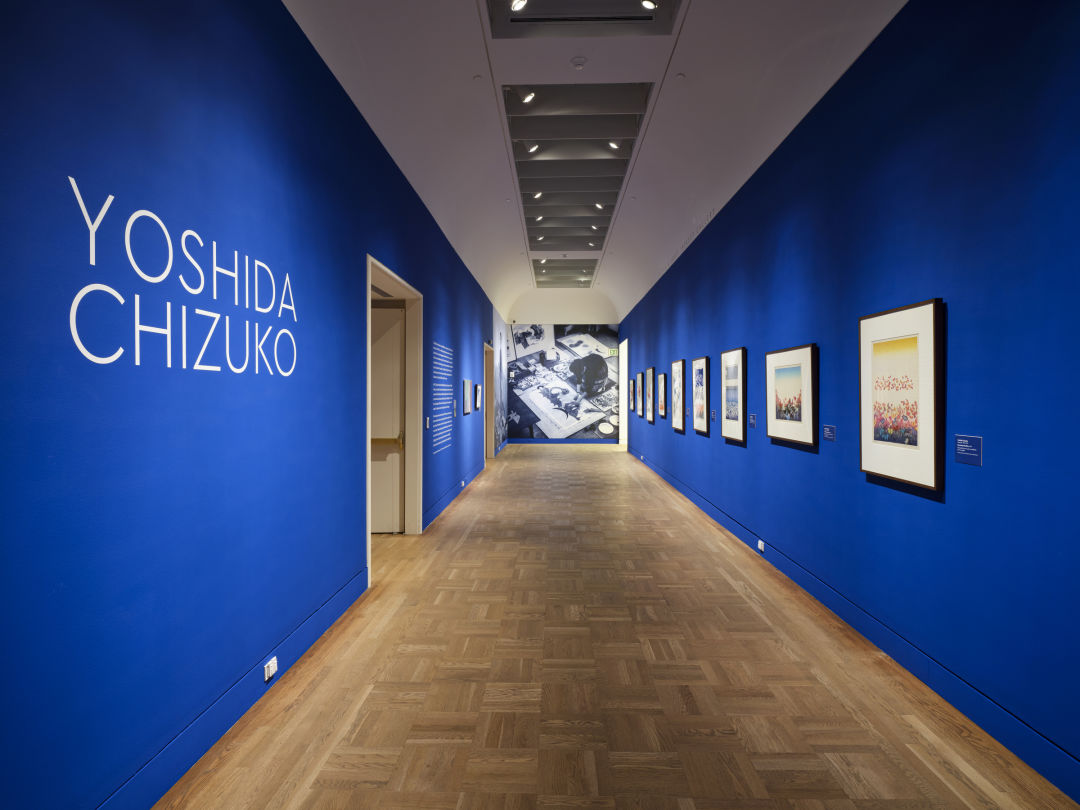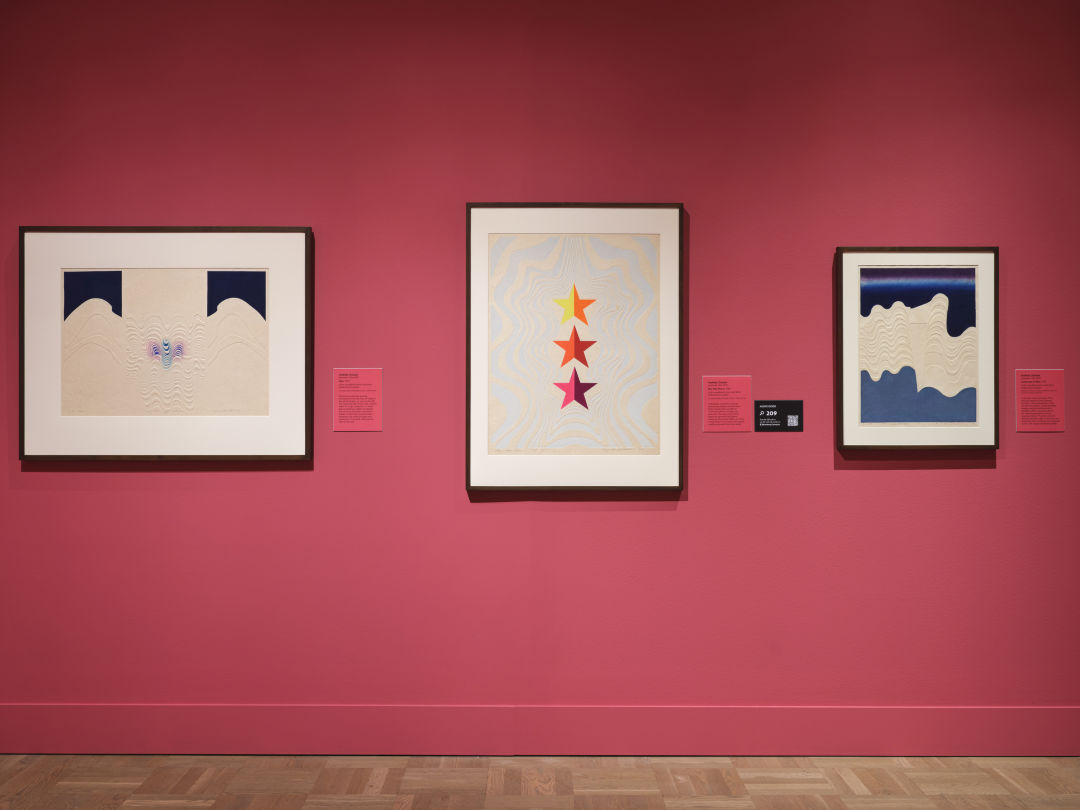A Modernist Reimagined: Yoshida Chizuko at PAM

On view now at the Portland Art Museum is the first major museum retrospective to focus on the groundbreaking 20th-century painter and printmaker Yoshida Chizuko (1924–2017), a pioneering woman modernist in Japan. Yoshida Chizuko presents over 100 works, many of which have never previously been exhibited, featuring early oil paintings, rare monotypes, woodblock prints, lithographs, and zinc-plate mixed media prints, in addition to archival material and ephemera. The exhibition is on view through January 4, 2026 and part of PAM’s Grand Opening on November 20, 2025.

We talked to exhibition organizer and curator Jeannie Kenmotsu, Ph.D., Arlene and Harold Schnitzer Curator of Asian Art, about the exhibition and who Chizuko was:
How does Chizuko fit into art history? Why haven’t I heard of her before?
We are writing her place in art history right now. This is one reason why the show is a retrospective survey and largely chronological. There are a lot of factors that play into why her work hasn’t been better known up to now. Women of Chizuko’s generation were prohibited from enrolling at fine art schools; major art associations (called dantai) that were critical for young artists were patriarchal, admitted few women as members, and men held the positions of authority. There is also a tendency in postwar art history to privilege the avant-garde—especially artists working in more radical media or concept-based art. In this kind of hierarchy, painting and printmaking—Chizuko’s two main modes—would be seen as conventional. All of which is to say that for a long time, art history and the art market have undervalued the work of early postwar women artists, including during their lifetimes.
One early discovery I made was that her work has been lurking in North American museum collections since the early 1950s. So we are past due in rediscovering it.

What are some of the themes in Chizuko’s art?
Music was a passion from an early age. In the mid-1950s, Chizuko began making prints on musical themes. She especially found inspiration in jazz and Latin music, which was sweeping the world as a global phenomenon. A few prints in the exhibition are devoted to her Mambo series, where she translates that experience of big, energetic sound into visual form. Nature appears in many forms, including her beautiful butterfly prints and natural phenomena like snow, ice, and rain. And like many of us, travel inspired her. Her yearlong, round-the-world journey in 1957 features subjects ranging from the Arizona desert to the canals of Venice and architectural monuments in India.

What was the journey to getting this show up at the Museum?
It was a long one! This began as a pre-pandemic project, with a lot of starts and stops along the way. I was able to do a related, smaller show in 2020-21, Joryū Hanga Kyōkai, 1956-1965: Japan’s Women Printmakers, which explored a female artists’ collective cofounded by Chizuko that had been all but forgotten. That was helpful in a lot of ways, not least because I learned how much interest there is in Chizuko and her peers. It gave me a big vote of confidence that I was on the right track.

What are some of your favorite pieces in the show?
The dreaded question! It changes all the time. I love her monoprint Mambo, which is printed in bright, bold shapes on gold-brushed paper. It’s fragile, so we have to display it in a case more horizontally. Chizuko knew it was special and attached a sheet of protective glassine. Her paintings Shoreline and Poppies always draw me in. They are abstract and have strong green colors, but also a sophisticated sense of balance and texture. Her blind-embossed prints in the White Strata series are not to be missed. And toward the end of the exhibition, two radiant yellow prints are movingly dedicated to the memory of her husband, Hodaka.
How would you soundtrack the show?
For her early oil paintings, I’d play anything French—maybe Édith Piaf’s “La Vie en rose” on repeat. In the late 1940s, anything European smacked of modernism in Japan, and Chizuko even experimented with a French affectation in her signature a few times. Her music prints would have to be accompanied by Pérez Prado’s top hits. When he came to Tokyo in 1956, Chizuko took huge inspiration from his performance, especially “Mambo No. 5.” Some of her later prints call for whatever makes you want to dance! Chizuko never lost her love for passionate music—opera, chanson, and Spanish guitar were all among her favorites. A few of her own personal records are included among the archival materials on display.

Anything else to add?
It has been fun to see everyone’s reactions to the exhibition. Because she is not as well known, I think people come to her work with fresh eyes, without a lot of preconceived ideas. How often does that happen these days? I think every visitor will have a different favorite work of art.
VISIT
Hours: Tuesday to Sunday - 10 a.m. to 5 p.m. (starting November 21)
Free First Thursdays 10 a.m. to 7 p.m.
Tickets (starting Nov 1, 2025)
Free | Members
Free | Children 17 and under
$27.50 | Adults
$24.50 | Seniors 62+
$22.50 | Student (with current ID)
Free First Thursdays –Visit for free on the first Thursday of each month.
